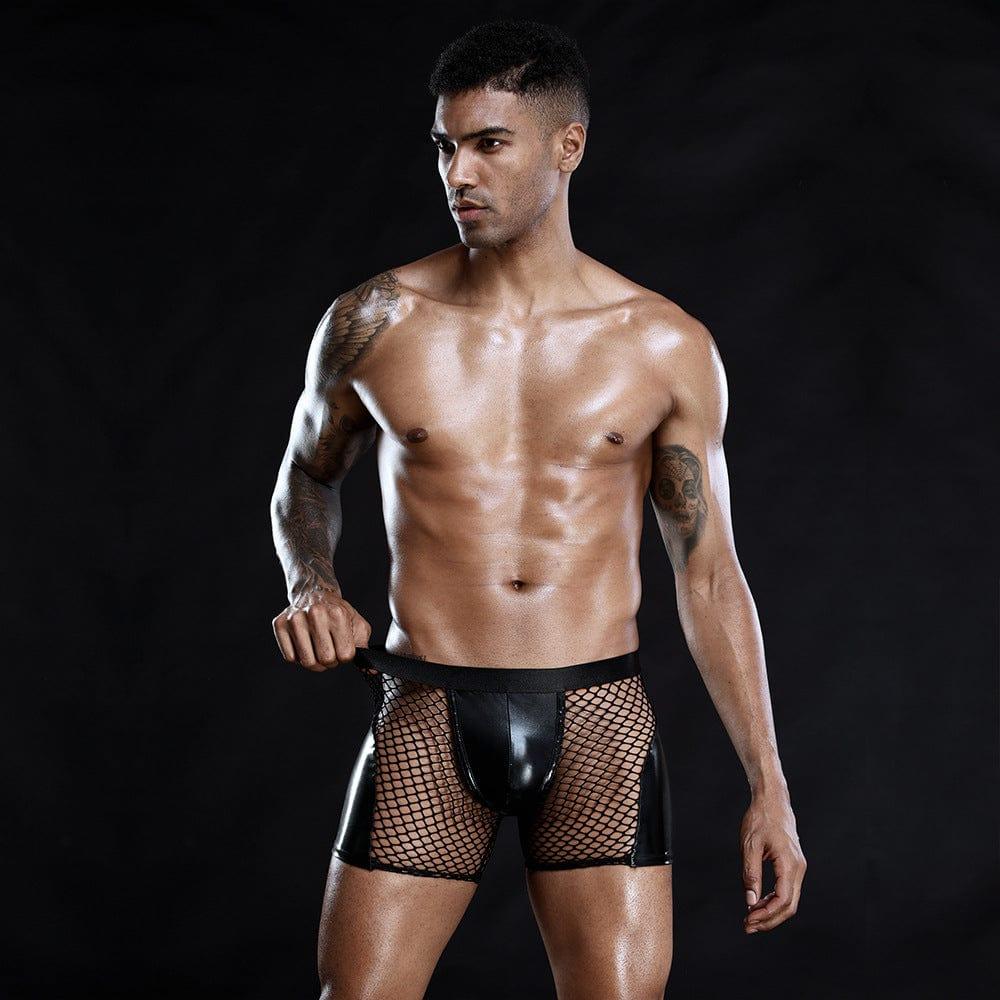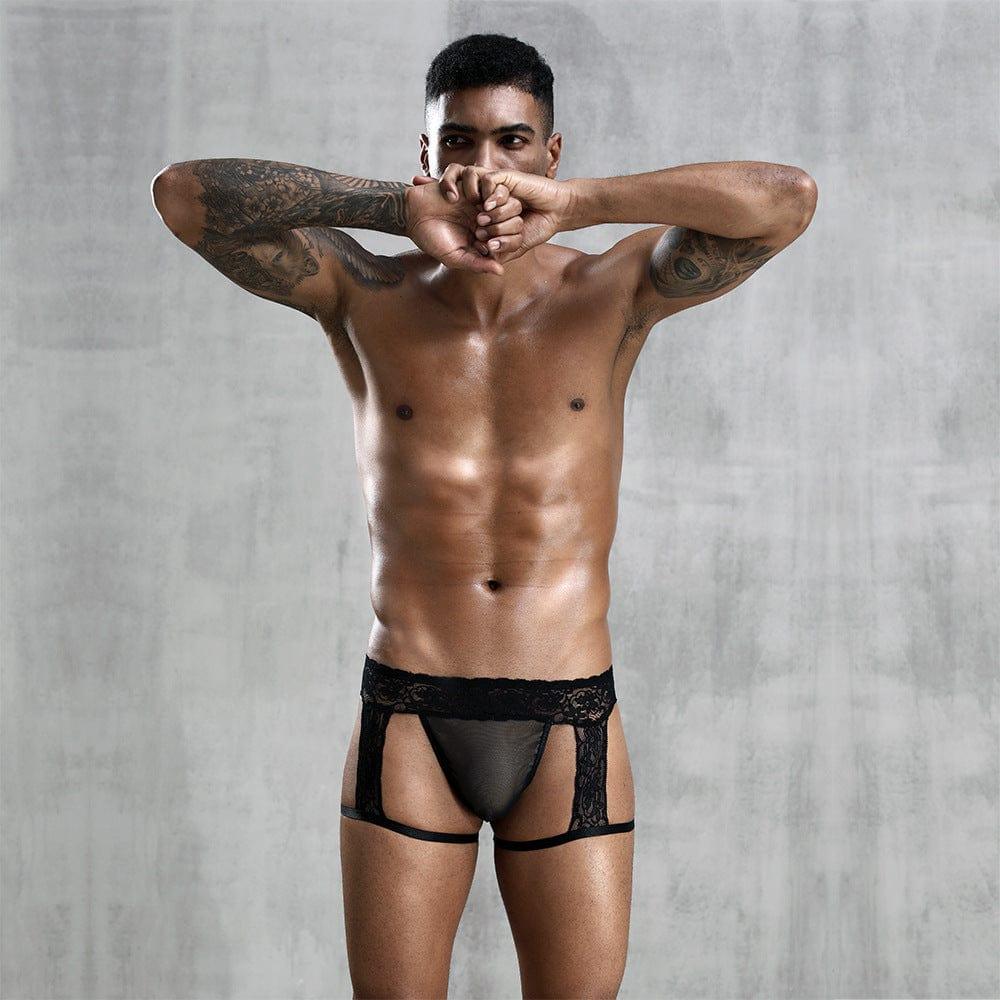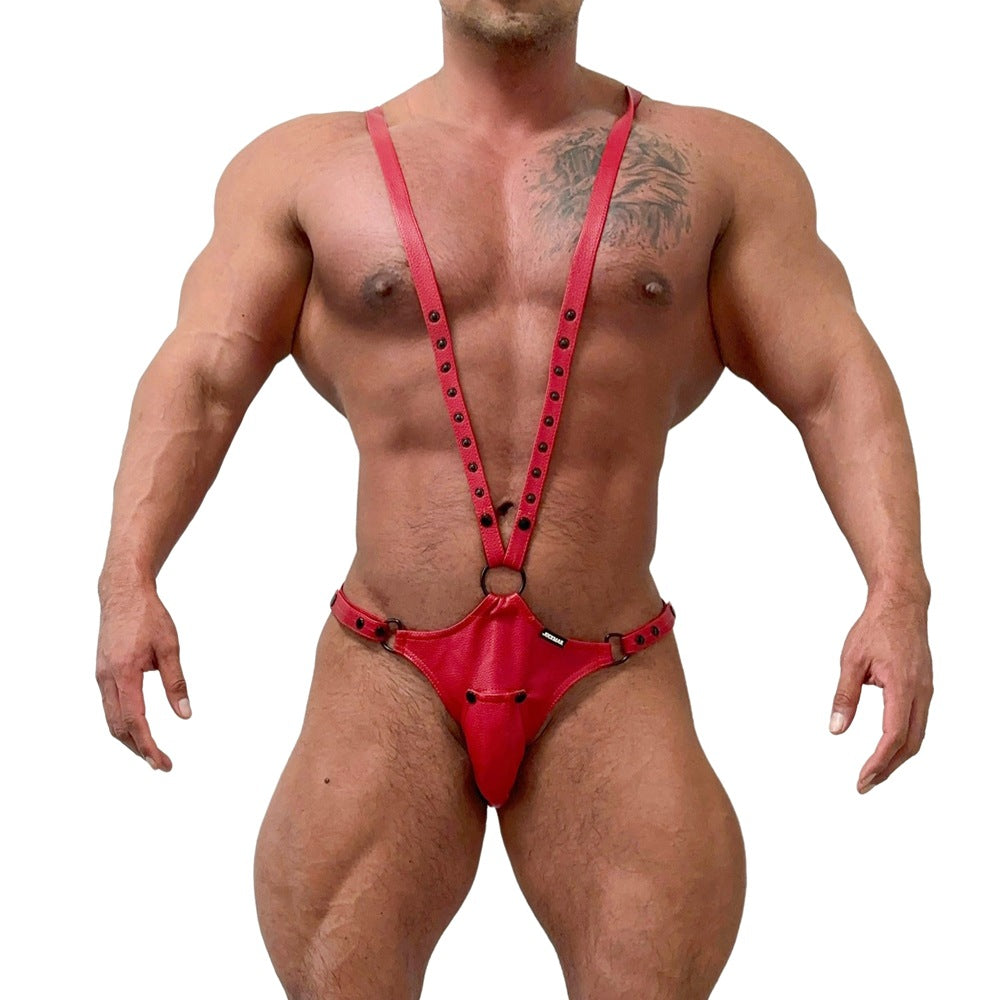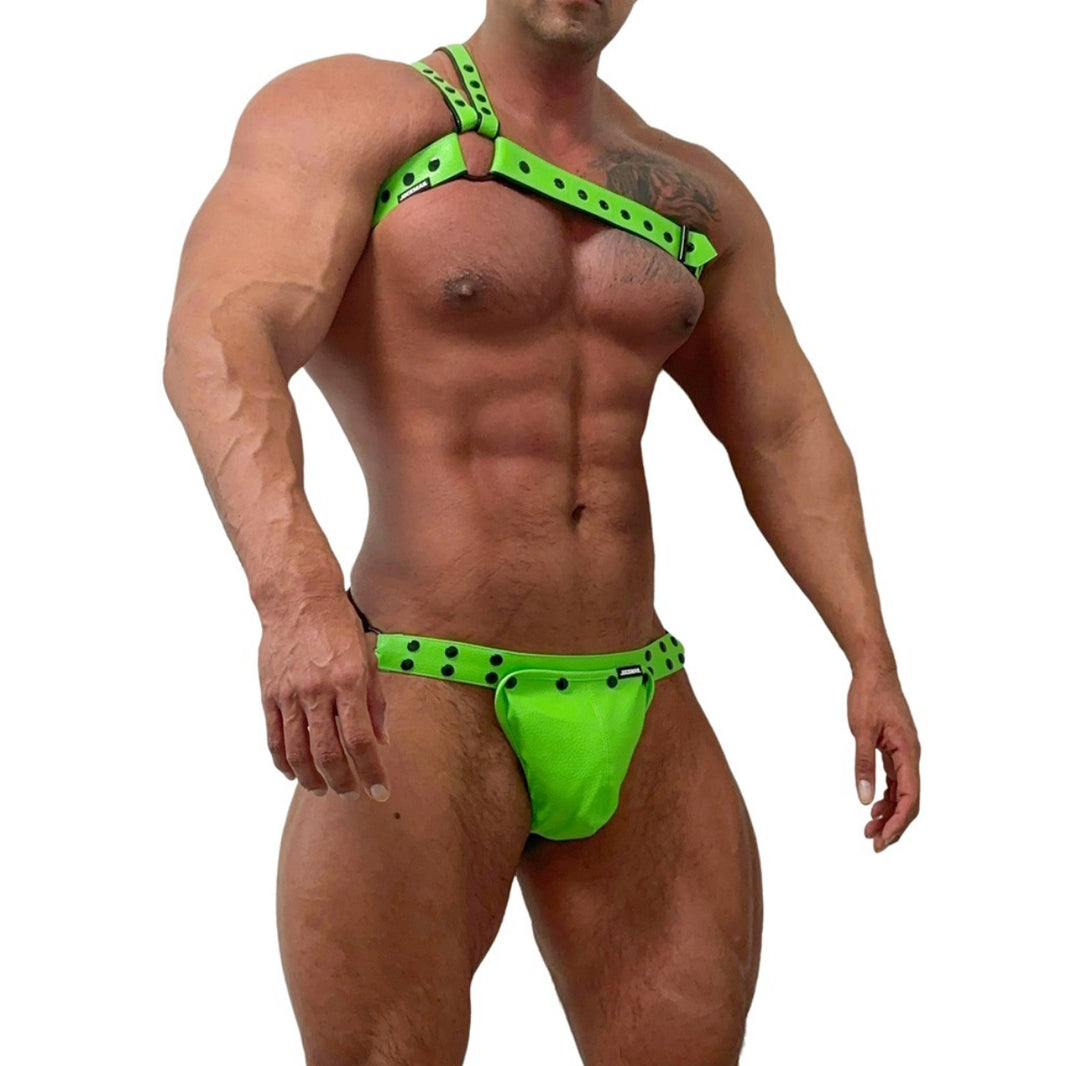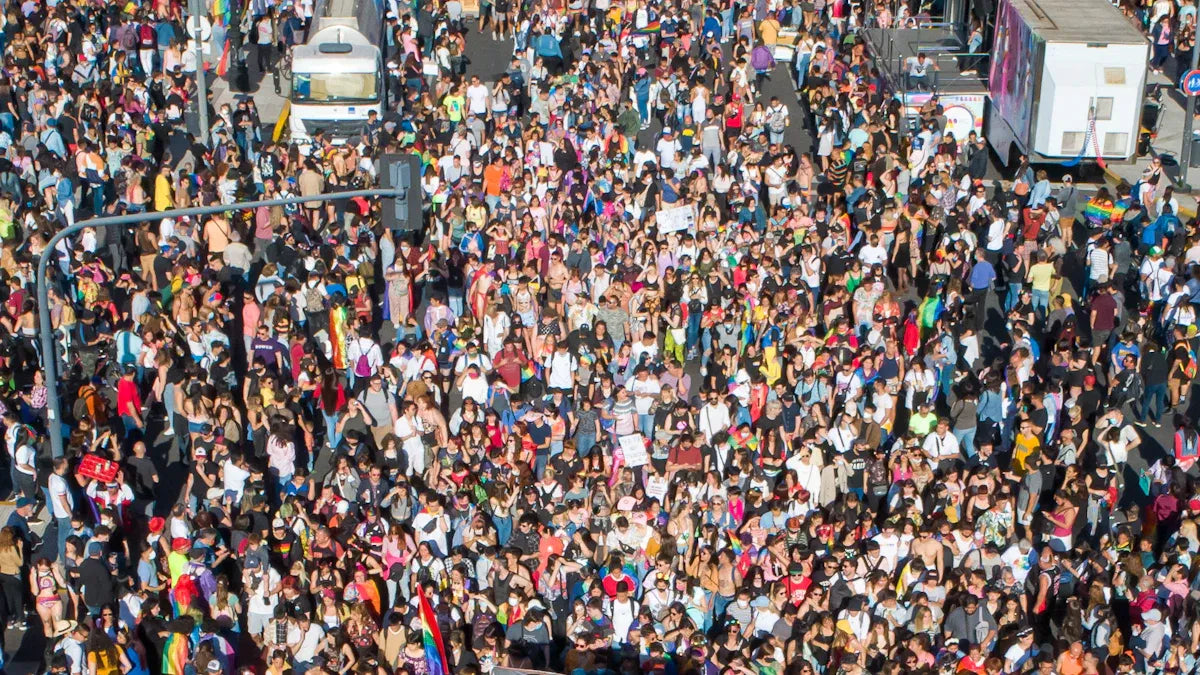
Why Pride Month Is Always in June 2025
You might ask why Pride Month happens in June. It remembers the Stonewall Riots of 1969, which changed LGBTQ rights. These riots started on June 28 at the Stonewall Inn in New York City. They went on for several days and protested police mistreatment. This important event began a national push for LGBTQ equality. Years later, leaders like President Bill Clinton made Pride Month official. June is now a time to think about these events and their role in the fight for fairness.
Key Takeaways
-
Pride Month happens in June to remember the Stonewall Riots of 1969. These riots were a big moment in the fight for LGBTQ rights.
-
The first Pride march was on June 28, 1970. It marked one year since the Stonewall Riots and began a worldwide tradition of Pride events.
-
Pride Month mixes activism with celebration. It shows how far we’ve come but also points out the struggles LGBTQ people still face.
-
Joining Pride Month builds community, spreads awareness, and supports LGBTQ acceptance. It helps everyone feel they belong.
-
In 2025, fighting for LGBTQ rights is still very important. Discrimination remains, but supporting groups and learning more can help make the world fairer.
The Stonewall Riots and Pride Month
The Events of June 1969
In June 1969, the Stonewall Inn in New York City became the center of a historic event. On June 28, police raided the bar, targeting LGBTQ people. These raids were common back then, but this time was different. The community decided to fight back. People gathered outside the bar, standing up against unfair treatment. What started as one act of defiance turned into days of protests and clashes with police.
Books like The Stonewall Reader and Stonewall by Martin Duberman share detailed stories of these events. They describe the bravery of those who risked everything to stand against injustice. The Stonewall Riots are now seen as a key moment in the fight for LGBTQ rights. This event helped start a more organized movement for equality.
|
Source |
Description |
|---|---|
|
The Stonewall Reader |
A book with personal stories, diaries, and articles about the riots. |
|
Stonewall by Martin Duberman |
A book that tells the stories of people involved in the riots. |
The Impact of the Stonewall Riots
The Stonewall Riots inspired a new wave of activism for LGBTQ rights. Groups like the Gay Liberation Front and Gay Activists Alliance were formed. These groups worked to make LGBTQ voices heard and fought for equality.
The riots also led to the first LGBTQ pride parade in 1970. This parade marked the one-year anniversary of the uprising. It started a tradition of yearly celebrations around the world. While not the first fight against discrimination, the Stonewall Riots are often called the "Big Bang" of the modern LGBTQ rights movement.
-
The riots led to the first pride parade in the U.S.
-
New activist groups helped amplify LGBTQ voices.
-
The events showed the need for ongoing advocacy and visibility.
Why June Was Chosen for Pride Month
June is important to the LGBTQ community because of the Stonewall Riots. These events began on June 28, 1969, and lasted for several days. They brought attention to the unfair treatment of LGBTQ people.
To honor this event, the first Pride march happened on June 28, 1970. This march celebrated the bravery of those who protested and the progress made since then. Over time, June became known as LGBTQ+ Pride Month. It is now a time for reflection, celebration, and advocacy.
June became Pride Month to honor the courage shown during the Stonewall Riots. It reminds us of the progress made and the work still needed.
The First LGBTQ+ Pride Month Celebrations
The Origins of the First Pride March
The first pride marches happened because of the Stonewall Riots. These marches helped people see the LGBTQ+ community and their fight for rights. On June 28, 1970, one year after the riots, New York City held its first Gay Pride march. This event was a big moment, bringing the LGBTQ+ movement into public view.
Historians have studied why these early marches were so important. Christina Wright, a historian, explained how the Gay Liberation movement grew stronger in the late 1970s and early 1980s. Darryl Logsdon, who went to an early Pride event, said public spaces were needed for LGBTQ+ gatherings. A 1984 Charlotte Observer article called the first Gay Pride event in Park Road Park a major step for the community. These stories show how the first marches started a tradition of pride events.
-
Christina Wright talked about the growth of Gay Liberation in the late '70s and early '80s.
-
Darryl Logsdon shared how early Pride events created safe public spaces.
-
A 1984 Charlotte Observer article called the first public Gay Pride event a big milestone.
Commemorating Stonewall’s Anniversary
The first pride events were planned to honor the Stonewall Riots. Organizers picked June to remember the bravery of those who fought against unfair treatment in 1969. These marches weren’t just celebrations; they were also acts of protest and unity.
In June 1970, cities like New York, Los Angeles, and Chicago held their first pride marches. These events honored the courage of Stonewall protesters and showed the need for equality. People carried signs, shouted slogans, and asked for fair treatment. Choosing June for these events kept the memory of Stonewall alive in the LGBTQ+ movement.
The first pride marches were more than fun events. They were protests asking for respect and fairness for LGBTQ+ people.
|
Evidence Description |
Date |
Importance |
|---|---|---|
|
June was chosen to honor the LGBTQ+ community because of the Stonewall Riots. |
June 1969 |
Marks the start of the modern LGBTQ+ rights movement. |
|
The Stonewall Riots began after a police raid at the Stonewall Inn. |
June 28, 1969 |
A key event in LGBTQ+ history, leading to Pride events. |
|
The first Gay Pride took place in June 1970, on the first anniversary of the Stonewall riots. |
June 1970 |
Seen as the first gay pride parade, starting the gay liberation movement. |
The Legacy of Early Pride Celebrations
The first pride events changed how people saw the LGBTQ+ movement. They turned the fight for fairness into a public and united effort. These events also inspired other cities and countries to hold their own pride celebrations, making it a global movement.
The early pride marches showed the strength of coming together and being seen. They proved that LGBTQ+ people could unite to demand change and celebrate who they are. Over time, these events became colorful celebrations of diversity but still remind us of the fight for fairness.
Today, pride events honor the courage of those early marches. They show how far we’ve come and how much more needs to be done. By joining Pride Month, you help continue a tradition built on bravery and hope.
The Evolution of Pride Month
From Activism to Celebration
Pride Month started as a fight for equal rights. Early events were protests against unfair treatment and discrimination. Over time, these gatherings became celebrations of identity and diversity. Today, parades are full of music, bright costumes, and happy people.
This change shows the progress made by the LGBTQ community. While challenges still exist, Pride Month reminds us of strength and past victories. It’s also a time to celebrate love, acceptance, and being yourself.
Pride Month mixes activism and celebration, showing progress and inspiring hope.
Community and Visibility in Pride Month
Pride Month helps build community and makes LGBTQ voices heard. It brings people together, creating a sense of belonging for many. Events like parades, workshops, and festivals connect people with shared experiences.
Visibility is also very important. Joining Pride Month helps spread awareness about LGBTQ issues. Public events break stereotypes and promote acceptance. Seeing diverse stories during Pride Month highlights the need for inclusion and representation.
-
Pride Month helps LGBTQ people feel connected.
-
It spreads awareness and encourages acceptance.
-
Celebrations promote diversity and push for equality.
Official Recognition of LGBTQ+ Pride Month
Recognizing Pride Month officially shows its importance. In 1999, President Bill Clinton declared June as Gay and Lesbian Pride Month. In 2009, President Barack Obama expanded it to include all LGBTQ people.
|
Proclamation Title |
Date |
Source |
|---|---|---|
|
June 11, 1999 |
Public Papers of the Presidents: William J. Clinton, p. 1089 |
|
|
Proclamation 8387 - Lesbian, Gay, Bisexual, and Transgender Pride Month |
June 1, 2009 |
Compilation of Presidential Documents, DCPD-200900419 |
These proclamations show how Pride Month is valued by leaders. They honor the struggles and contributions of the LGBTQ community. When governments recognize Pride Month, it sends a strong message of support and inclusion.
Pride Month as a Global Movement
Pride Celebrations Around the World
Pride parades now happen in many countries worldwide. Cities like São Paulo and Sydney host these events every year. They give LGBTQ people and allies a chance to celebrate and speak out.
Pride parades are global events where LGBTQ+ people and allies show support. These parades honor the 1969 Stonewall riots and happen yearly. Groups like InterPride, WorldPride, and EuroPride helped spread these events. The rainbow flag makes parades colorful and grabs attention.
Groups like InterPride and WorldPride help organize these celebrations. They make sure events are fun and meaningful. The rainbow flag, a symbol of LGBTQ pride, adds bright colors to parades.
Pride Events in Different Cultures
Pride parades show the culture of each country. In some places, they celebrate progress and acceptance. In others, they protest against unfair laws and treatment.
Each country adds its own traditions to pride events. In India, parades include music and dancing. In Spain, Madrid Pride mixes activism with carnival fun. These traditions make each event special but still unite people for equality.
Social Media’s Impact on Pride Month
Social media has changed how people join Pride Month. Apps like Instagram, Twitter, and TikTok share LGBTQ stories and events. They connect people from all over the world.
Hashtags like #PrideMonth and #LoveIsLove help spread awareness. You can watch parades live or join online events from home. Social media also helps in places where public pride events can’t happen.
By posting online, you support a global movement for equality. Social media makes sure Pride Month reaches everyone, even in hard-to-reach places.
Pride Month in 2025
Continuing the Fight for LGBTQ+ Rights
In 2025, fighting for LGBTQ rights is still important. While progress has been made, problems like unfair treatment and workplace bias remain. Pride Month reminds us to keep working for equality. You can help by supporting groups that fight for LGBTQ rights or by learning more about these issues.
Some places have better laws for LGBTQ people, but not everywhere. For example, some countries don’t protect against hate crimes or allow same-sex marriage. Staying informed and voting for leaders who support LGBTQ rights can make a difference. Pride Week events often talk about these problems and encourage action.
Pride Month shows that the fight for fairness isn’t over. It inspires hope for a better future.
Advocacy and Awareness in Modern Pride Celebrations
Today’s Pride events mix fun with purpose. Parades, workshops, and talks teach people about LGBTQ struggles. These events help you learn about the community’s history and current challenges. Pride Week often includes lessons on mental health, youth homelessness, and transgender rights.
Social media helps spread these messages. Apps like Instagram and TikTok share LGBTQ stories and events. By sharing posts or joining online events, you help spread the word. Pride Month reminds us that advocacy doesn’t end in June. It’s something we should work on all year.
Building Inclusive Communities Today
Inclusive communities grow when everyone feels welcome. In 2025, teamwork between schools, businesses, and nonprofits is key. These groups can solve problems like job access and fair resources. You can help by volunteering or joining local projects.
Schools are important for creating safe spaces. Surveys and meetings help teachers understand LGBTQ students’ needs. Training for teachers and fair policies make schools safer. Adding inclusive lessons and resource centers also helps.
-
Schools can create safe spaces for LGBTQ students.
-
Teacher training helps them support all students.
-
Inclusive resources make everyone feel valued.
By supporting diversity, you help build a world where everyone belongs. Pride Month in 2025 highlights these efforts and invites you to join in creating a more inclusive society.
Pride Month shows how far LGBTQ rights have come. It celebrates the bravery of those who stood up for fairness. This month helps people feel included and highlights the importance of diversity. Joining in helps make a world where everyone feels important. Pride Month in 2025 reminds us that every person can help create a fairer future.
FAQ
What is the purpose of Pride Month?
Pride Month celebrates LGBTQ+ history and diversity. It spreads awareness about challenges and progress since the Stonewall Riots. It also encourages people to support fairness and inclusion.
Why is the rainbow flag a symbol of Pride?
The rainbow flag stands for unity and diversity in the LGBTQ+ community. Gilbert Baker created it in 1978 to show hope and pride. Each color has a meaning, like life, healing, or spirit.
🏳️🌈 Fun Fact: The first flag had eight colors but now has six.
How can you participate in Pride Month?
You can join parades, attend events, or help LGBTQ+ groups. Sharing stories online or learning about LGBTQ+ history also helps. Even wearing rainbow colors shows your support.
Is Pride Month celebrated worldwide?
Yes, Pride Month happens in many countries. Brazil, Canada, and Australia host big events. In some places, Pride focuses on activism because of strict laws.
|
Country |
Type of Celebration |
Example Event |
|---|---|---|
|
Brazil |
Huge Pride Parade |
São Paulo Pride |
|
Spain |
Mix of fun and activism |
Madrid Pride |
|
India |
Parades with music and dancing |
Delhi Queer Pride |
Why is Pride Month still important in 2025?
Pride Month reminds us that equality is still needed. Discrimination and unfair treatment continue in many places. By joining, you help spread awareness and support LGBTQ+ rights.
Take Action: Learn, advocate, and stand with the LGBTQ+ community.
